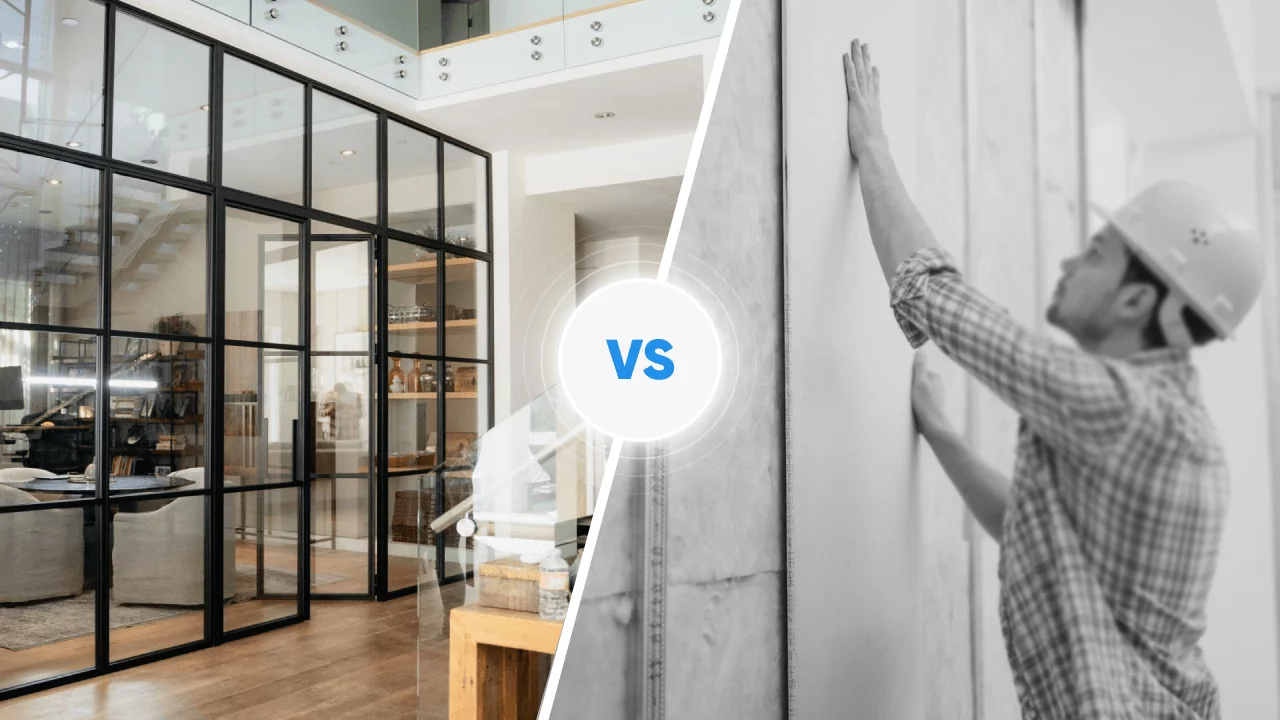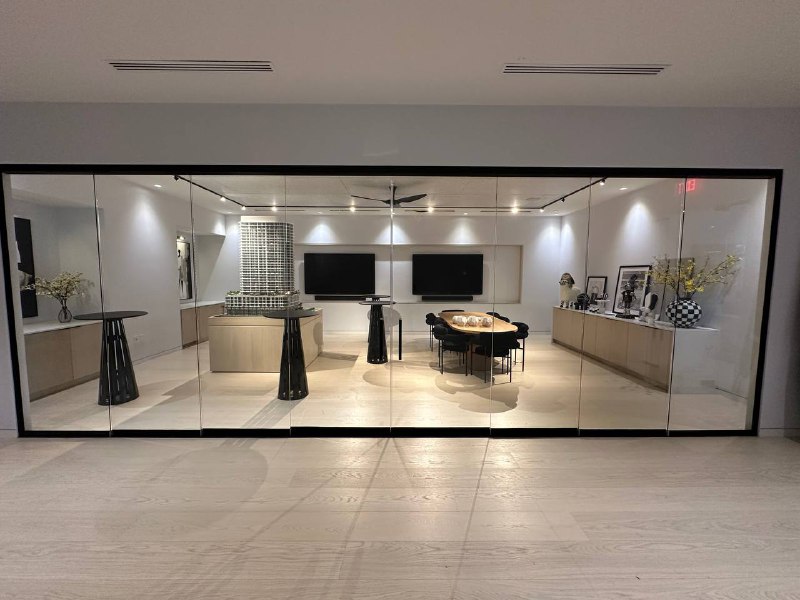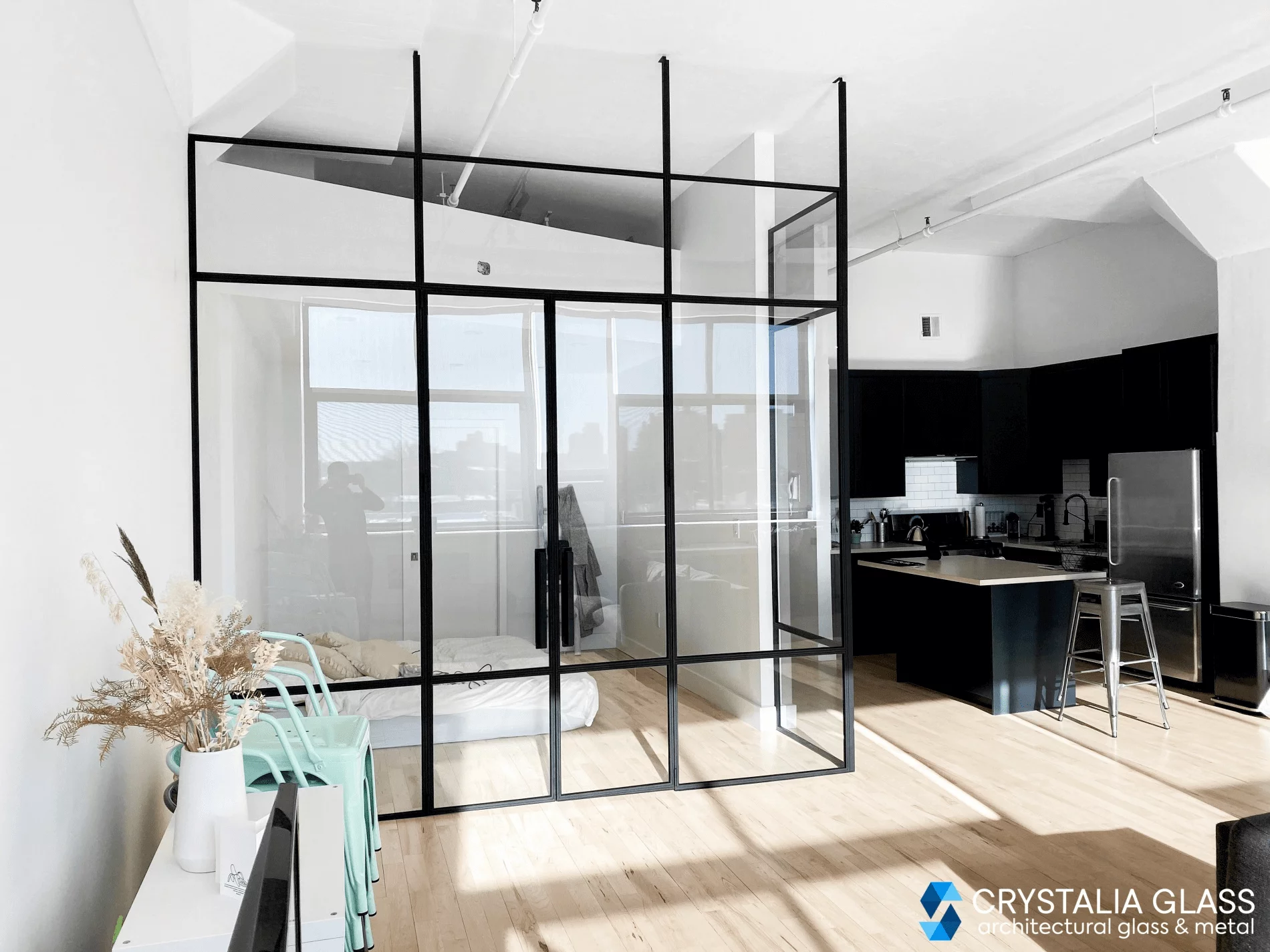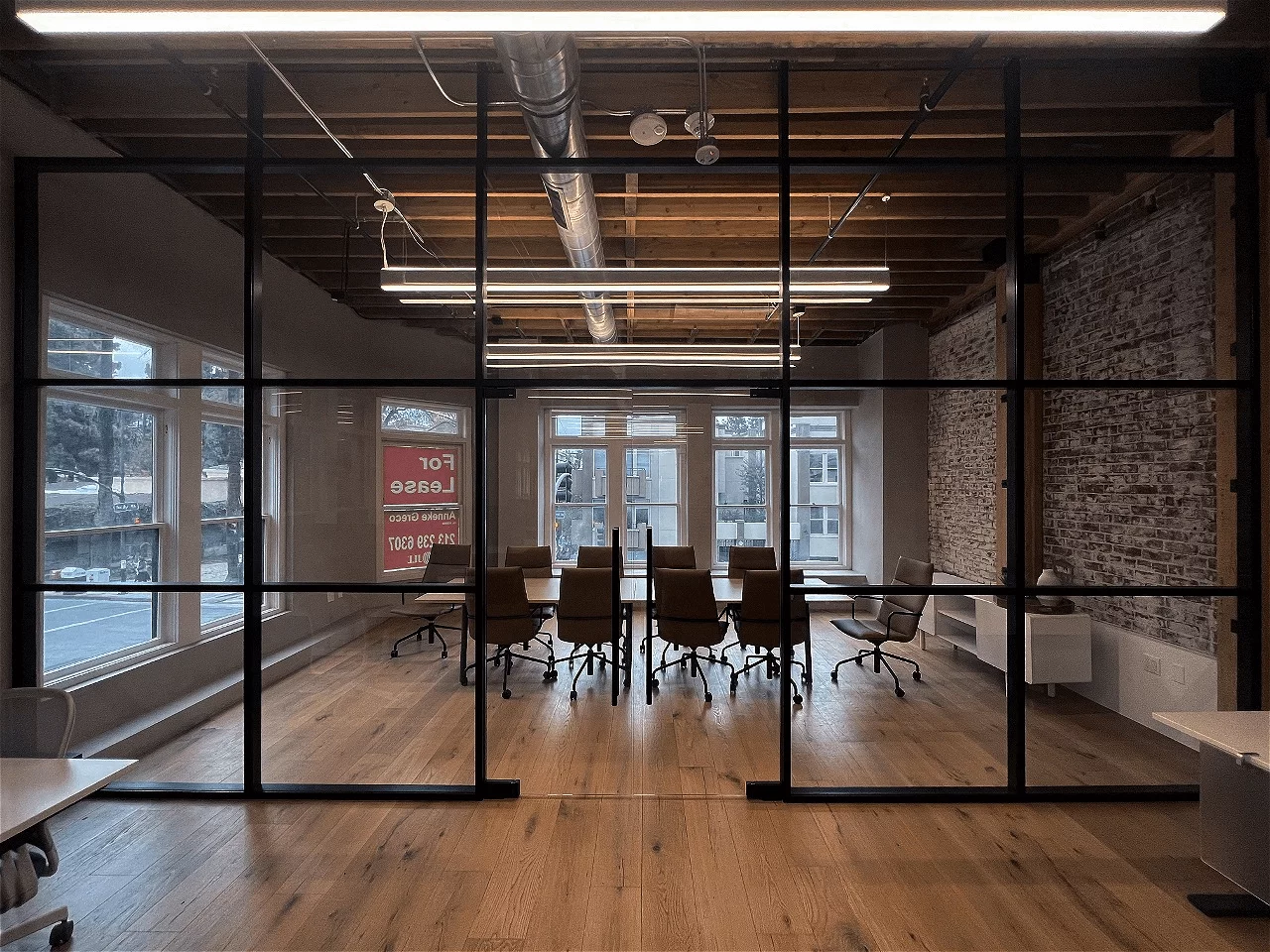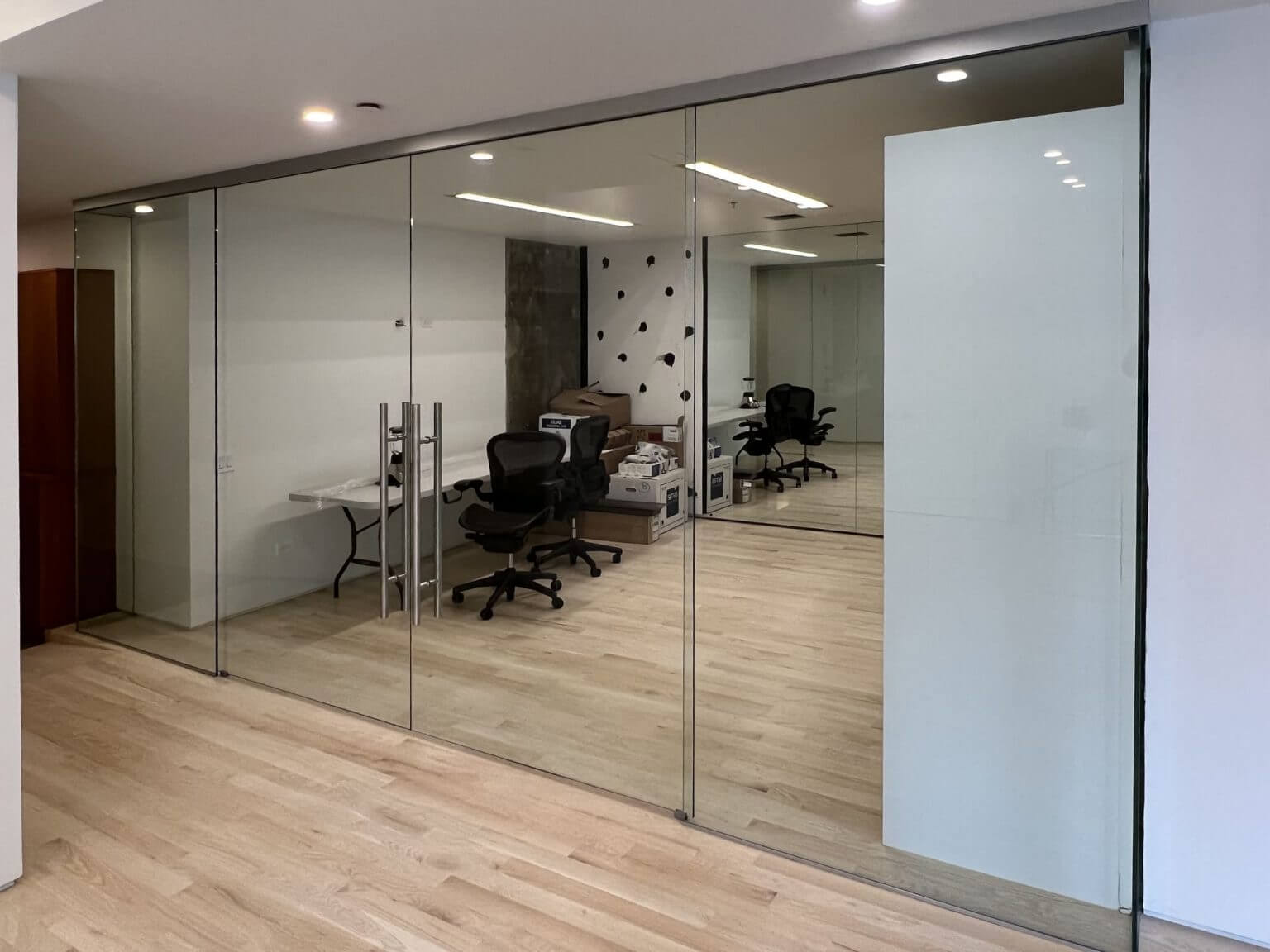How Partition Designs Can Improve Zoning between Living, Dining, and Sleeping Areas in Open Layouts
A common task for open-plan designers is to coordinate living and dining areas while keeping intimate zones private. Creating these divisions can be a delicate procedure. How can we avoid weighing down the space while establishing effective zoning? Light partition designs for living and dining rooms, and more solid configurations for bedrooms, can provide some answers.
Zoning dilemma
Whether you need slight separation between areas like cooking and eating zones, or more substantial division for sitting and sleeping zones, partitions help. Glass partitions in both arched and full-height configurations ensure that sunlight circulates throughout a space, while objects that one might prefer to hide from guests, like kitchen appliances, are masked.
Such transparency also has its disadvantages. Partition designs made from steel can diminish these. The complex combination of strips and custom laser-cut patterns cover up only what you want to conceal.
Four shades of privacy
Let’s look at four possible partition options.
Arched partition
An arch is created by two full-height side panels merging with panels parallel to the ceiling. Often used as an entryway into a new space, an arched partition is best suited for apartments with high ceilings. Arches accentuate a wider opening, maintain the feeling of a spare and weightless space, but clearly separate two zones. Paradoxically, one can hide a messy area such as a post–dinner party kitchen behind a glass construction because it gives the impression of “another room.” A tinted glass finish will rejuvenate a space, while an arch with added metal strips will make the space appear more organized.
Full-height grid partition
Installing a floor-to-ceiling glass partition close to the wall is another design option for living and dining rooms. It divides spaces more tangibly than an arch while still providing visual clearance and light. You can add privacy or open a space depending on the finish of the glass. Frosted and satin finishes are opaque, creating a cloudy or foggy effect. Textured glass decreases visibility but filters light, creating a soft glow. You don’t even have to use finishes on all the glass surfaces. Rather, you can create a pattern to let in just the right amount of light.
Steel-only partition
A partition assembled from individual steel strips takes us to the next level of privacy and is suited as a divider for the bedroom. It’s possible to mount steel strips at different angles to adjust the transparency of this partition. Such configuration distinctly splits up spaces and can be used to separate private or relaxation areas from more public and busy areas. Moreover, using steel in interior design creates an industrial feel and adds stylish vibes to an apartment.
Steel partition with custom laser-cut patterns
An elevated steel partition with laser-cut patterns is a high-privacy divider. Completely opaque, this partition is perfect for separating living and functional spaces, e.g., a drawing room or entrance hall, from more intimate spaces like a bedroom. Design variations are numerous, from flower motifs to stylish art deco patterns to something custom. Consider a patterned steel partition if you want to create a secluded, private space in an apartment.
Note on safety
While glass gives the impression of lightness and fragility in interior design, the tempered glass used for these partitions is a type of safety glass, thick and resistant to damage. It is distinctive for its strength, four times stronger than “regular” glass. Upon impact, tempered glass crumbles into small granular chunks with blunt edges. This means you are unlikely to get cut if a partition breaks. However, tensile strength is weakest at its edges, so it’s best to avoid any impacts there when possible. For families with kids, framed partitions are a better option.
Great zoning is essential for an open-concept apartment. The most beautiful space with natural light and high ceilings can be ruined by an ill-considered arrangement. Partitions of glass and steel offer great flexibility in design. Both glass and steel dividers can have different configurations, from arched to full-height. Materials used in their production allow for adjusting their level of transparency, and therefore, privacy of the space as one needs. Last but not least is safety: Installed partitions are made of safe and lasting materials and are able to withstand small impacts.
